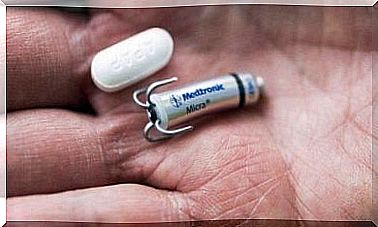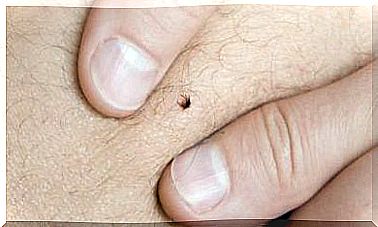Large Number Of Monocytes In The Blood: What Are Its Symptoms And How Is It Treated?
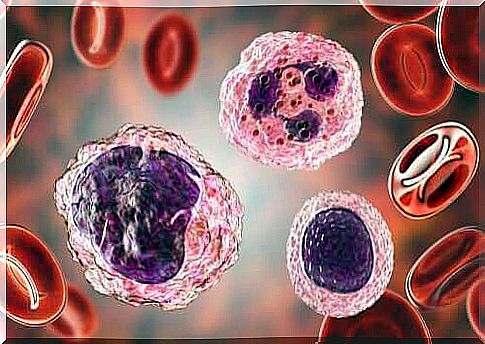
Blood contains more different cell types and substances than most people are aware of. Monocytes are a good example of this. Monocytes are circulating cells in the immune system.
The bone marrow produces monocytes, which then enter several tissues through the blood. When they enter the tissue, they become macrophages and perform their body’s defensive function. They are responsible for removing certain wastes as well as hazardous substances from the body. These cells also trigger their function in inflammatory diseases.
Overall, monocytes represent about 4-8% of all blood cells. However, their concentration varies with age, infection, or possible active inflammatory process.
In this article, we will explain why you may have a large number of monocytes in your blood. It is an important factor to consider during a blood test or when determining the state of the human immune system.
Why does the number of monocytes in the blood increase?
As we mentioned earlier, monocytes are cells belonging to the immune system. They play a key role in inflammatory and infectious diseases. Medical experts consider the number of monocytes to be high when their number exceeds 8% of all blood cells.
When there are a large number of monocytes in the blood, it may not cause any symptoms. The most common causes of this condition are:
- Infections. Infections are the most common cause, even if they are only transient.
- Autoimmune and inflammatory diseases. The most common of these is rheumatoid arthritis.
- Blood diseases.
- Carcinogenic diseases such as leukemia and lymphoma.
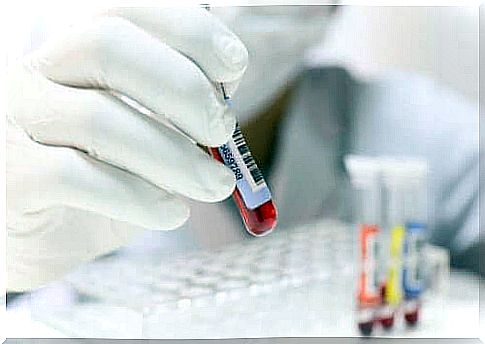
Large number of monocytes due to infection
This is the most common reason of all. The number of monocytes increases due to both a transient infection such as the flu and a chronic infection such as tuberculosis. However, blood tests show that a large number of monocytes are nonspecific.
Inflammatory diseases
These cells may also be an indication that an inflammatory process is underway in the body. This is the case with rheumatoid arthritis. It is a chronic inflammatory disease that affects the joints and causes pain and inability to exercise.
Blood neoplasms
Blood cells can also go through a neoplastic process. This means that different cell types can grow uncontrollably and increase their concentration. This may also cause a large number of monocytes in the blood.
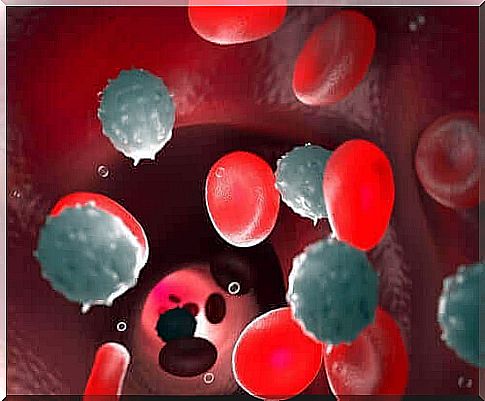
How doctors detect a large number of monocytes in the blood
Blood tests, which include a complete blood count, show all the cells in the blood. This is a simple and effective way to detect a situation. But as we mentioned above, some data are nonspecific and should be examined further.
Depending on the number of monocytes, it is more likely to be due to some disease. For example, if the number of monocytes is slightly higher, it is probably due to a mild infection. If, in turn, the number of monocytes is extremely high, it may be an indication of leukemia.
The doctor is responsible for analyzing the concentration of monocytes. When deemed necessary, your doctor may perform other tests to detect a possible infection or inflammatory disease. So it is really important to know if the patient has any other symptoms that support this point. There is no cure for the large number of monocytes. Instead, treatment focuses on addressing the underlying cause.
However, we should also emphasize that exercise can be a way to improve monocyte counts. This is because exercise helps regulate the immune system and acts as a natural anti-inflammatory method.
In summary, it is important to remember that a large number of monocytes is a very non-specific marker. You should see a doctor for a diagnosis. Most often, it is also the result of a mild transient infection.

